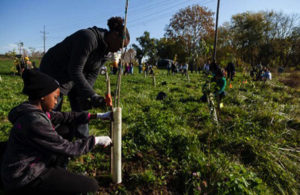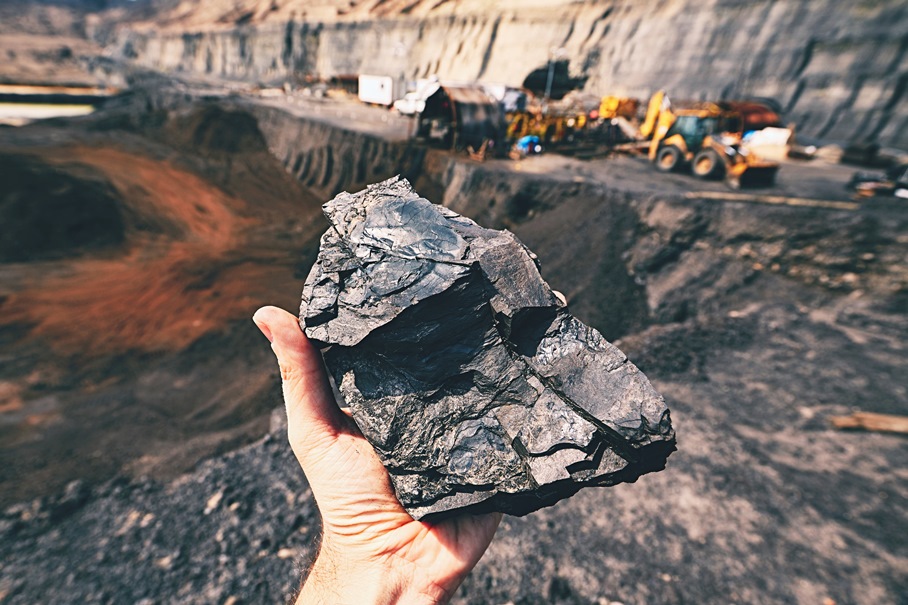Land restoration is the rehabilitation of degraded ecosystems through improving soil health and planting trees and other vegetation.
US wetland restoration has grown tenfold since the 1990s and now attracts around $2 billion in private capital every year. In addition to improving water and air quality, research shows that restoration employs 126,000 American workers directly—60 percent more than the coal industry—and supports another 95,000 jobs indirectly.
Restoration is also geographically convenient: It is needed heavily in regions where mining has altered the landscape. Laid-off workers in the former coal expanses of Central Appalachia can now earn their livings rehabilitating the land their past employers degraded.

Students learning ecological restoration.
Photo by ChesapeakeBay.net
Land restoration, clean energy, and regenerative agriculture offer better investment returns and more US jobs than oil, gas, and coal.
Instead, it is far more productive for national job-growth policies efforts to focus on areas that are stable and growing. Three such sectors have emerged in the US environmental arena: land restoration, renewable energy, and sustainable agriculture. The attractive growth profile of these sectors is starting to catch the interest of investors.
Policymakers should also pay heed since these industries are often labor-intensive and create jobs that do not require college degrees. The unemployment rate is twice as high for those without college degrees—who constitute the majority of working-age voters—and these three environmental categories can generate tens of thousands of lasting jobs for this demographic.
Feature photo via Adobe Stock.
See World Resources Institute’s New Restoration Economy website.

